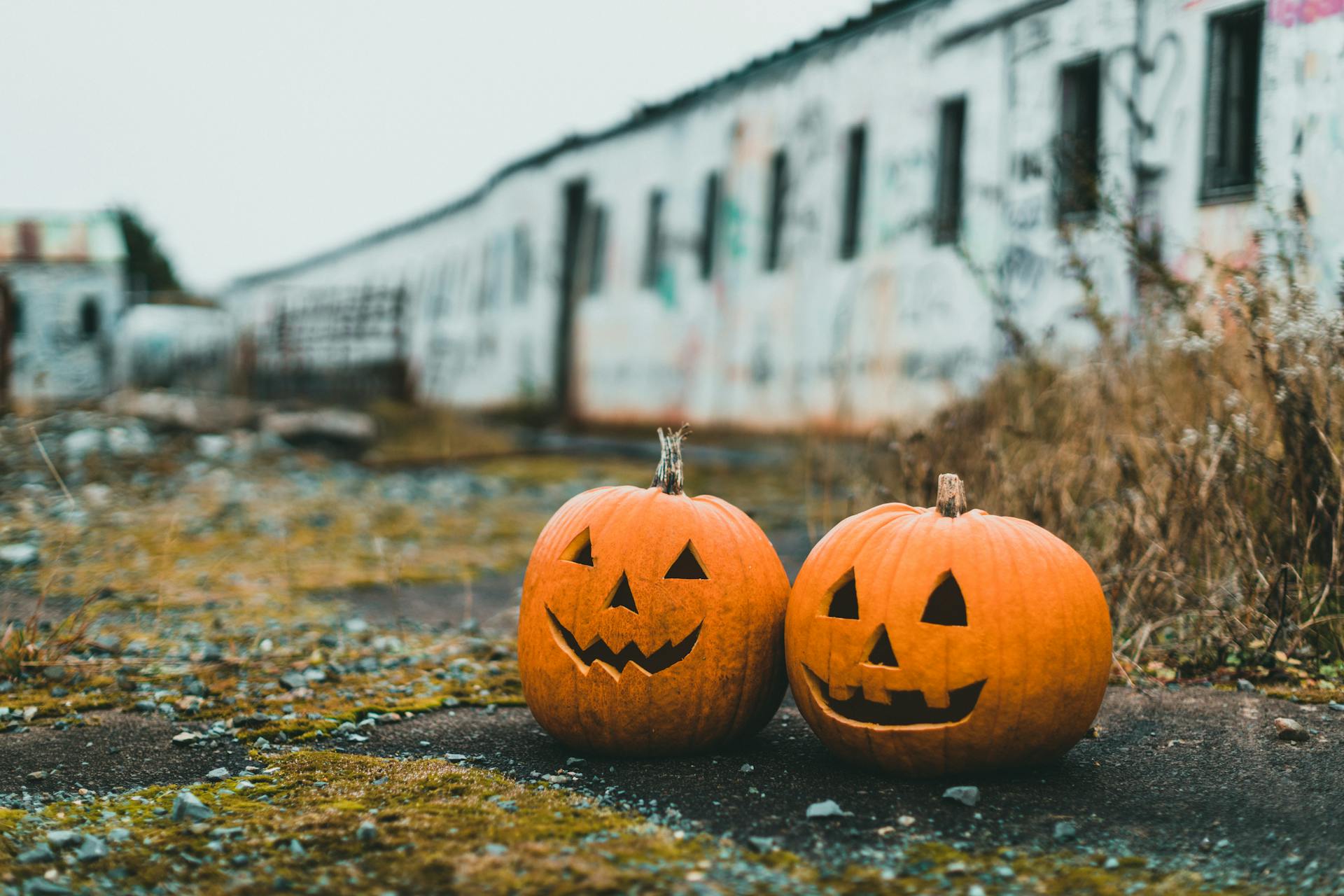Halloween, celebrated today, originates from an ancient Celtic festival. The Celts lived 2,000 years ago in the UK, as well as in Ireland and northern France. The Celtic people celebrated the New Year on 31 October. According to the beliefs of the time, on the night of Samhain, the heavens would open and the dead, in the form of good and evil spirits, would return to earth.
Celtic priests would build large fires and put on animal skins to ward off unwanted spirits. They used to tell prophecies and sacrifice animals to the gods. It was also the time to kill livestock and fill the pantry in preparation for winter.
These traditions were brought to the United States by Irish and Scottish immigrants in the 1800s. Since then, the tradition has survived and lived on, even if it has changed with the times and fashions.
The name Samhain comes from the ancient Irish language and meant the end of summer. From this time onwards, the dark part of the year was counted, as the year was divided into two parts.
Young people dressed in white, representing the good spirits, their ancestors who had gone to the other world. So they were invited in and feasted on them, honouring their memory, while the bad spirits were tried to be banished. This was done with scary masks and animal skins, and big fires around which they jumped with frightening noises.
Celebrating Halloween in the Modern Age
In modern times, Halloween is celebrated mainly in the United States of America on 31 October. From there, it has spread to the English-speaking world, Ireland, the United Kingdom and Canada.
In recent years, especially after the turn of the millennium, Halloween-related rituals have also begun to emerge in Europe. Very soon, Halloween parties became fashionable and accepted. Here, the Celtic tradition has been lost, and the emphasis is more on fun. The church, unable to forbid it, tried to link it to All Hallow’s Eve.
Halloween is also a Celebration for Children
Halloween is a time when people, especially children and young people, dress up in scary costumes. The most popular are ghosts, witches, wizards, vampires, werewolves or pirates. On Halloween night, children ringing the neighbours’ doorbells, trick-or-treating.
So trick or treat? You can’t send them away because the lore says they’ll take your luck away. And luck comes in handy in everyday life, not just when playing Kasyno Hell Spin.
There’s a big trend for pumpkin lanterns. Major supermarkets and green markets stock up well in advance, because Halloween is the time when pumpkins are the best-selling goods.
Parents buy a nice round pumpkin, then carve scary faces on it and put a candle in the carved out hollow to light it up. Many towns hold pumpkin carving competitions, where the scariest pumpkin head is, of course, the winner.
Young people organise Halloween parties, where they dance in ghoulish masks to creepy music, watch horror films and drink blood-like cocktails. A lot of people choose Kasyno Hell Spin for an extra special treat.
Halloween in Europe
On the last day of October each year, costume parties begin, scary characters are encountered in the streets, cinemas show horror films, nightclubs make scary screams and pumpkin carving workshops make lanterns.
What European countries haven’t fully adopted is the children’s Trick or Treat. American horror movies and social media play a big role in popularising this specifically American celebration. Movies like Halloween or Hocus Pocus have become favourites with young people.
The more and more interesting costumes and the scarier the masks, the more opportunities for individual creativity. Sometimes a painted face can be a real masterpiece. Contrary to the old Celtic belief that only evil spirits return on Halloween, it is a common belief in European countries that they must be driven away by fire and masks.
Houses are decorated with spider webs, skeletons, black cats and witches, although this type of decoration is more common in the United States.
The Church and the Entertainment Industry Take Very Different Approaches
The churches do not look kindly on such ungodliness, do not accept Halloween, associate it with Satan and therefore consider it a pagan, satanic aberration.
The entertainment industry is maximising the potential of the Halloween craze. Themed trips are organised to abandoned castles, haunted old houses and even pirate ships. In the United States of America, theme parks offer visitors the chance to enjoy themed amusement parks.
In Romania, Dracula represents the vampire race. Visitors to the haunted castle are confronted with vampires popping out of coffins and a variety of scary monsters, like in Kasyno Hell Spin. You’d have to have nerves of steel to endure these horrors without screaming.
Support Halloween Love
If an item was discussed in this article that you intend on buying or renting, you can help support Halloween Love and its writers by purchasing through our links:
(Not seeing any relevant products? Start your search on Amazon through us.)

